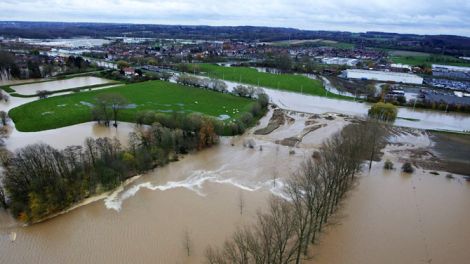The VMM points out that the average yearly temperature in Belgium has seen a strong increase. The upward movement started at the end of the 19th century and accelerated halfway through the 20th century. This resulted in an average temperature which is now 2.3 degrees Celsius higher than 200 years ago. The differences are most noticeable in Spring and in Summer.
Climate change is also evident in other statistics. Since detailed records began in Uccle (Brussels) in 1833, it turns out that the 16 warmest years were all between 1989 and 2010. The number of so-called summer days – days with a maximum temperature of 25 degrees Celsius or more – is also increasing.
While temperatures have risen. so have the leves of precipitation or rain, slowly but surely. The rise is particularly evident in the winter period.
Sea levels have also risen. Compared to 1970, the sea level in the coastal resort of Ostend last year was 10.3 centimetres (some 4 inches) higher. In Nieuwpoort, it was up 11.5 centimetres and in Zeebruges by 3.3.
Experts warn that heat waves, heavy rains and floods will become more common. The United Nations said this week that storms and hurricanes will also become stronger. In a report, the UN is pressing for more measures to prevent the worst, especially in poorer countries. At the end of the month, a new climate conference starts in Durban, South Africa.







